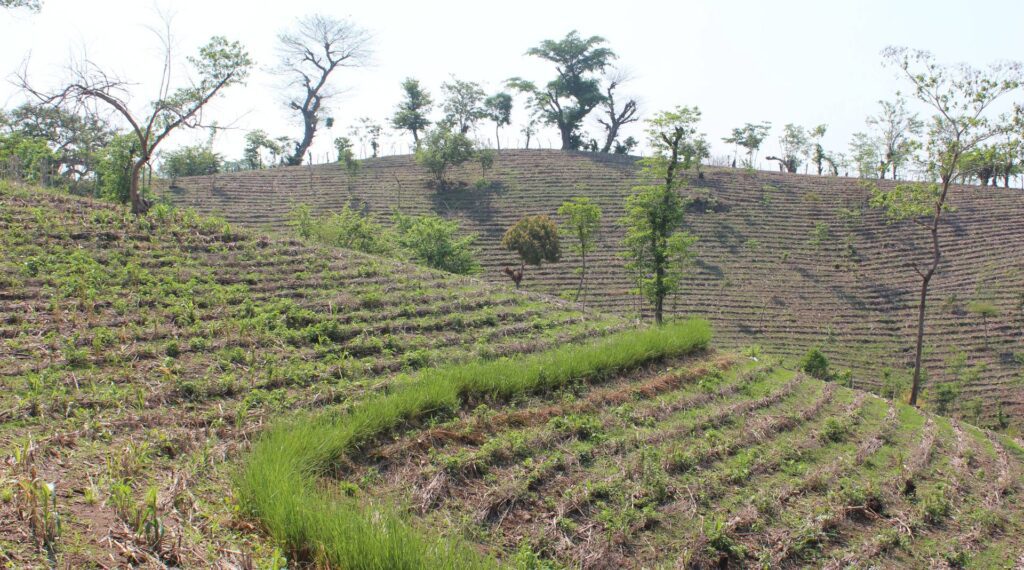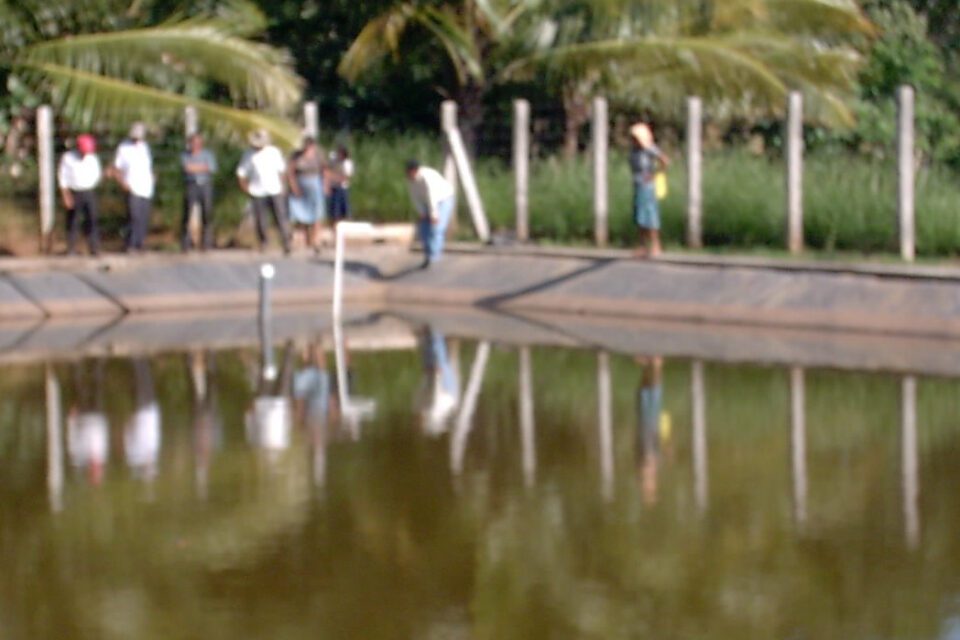Around 2003, USAID supported the construction of 12 small reservoirs in remote rural areas in El Salvador. The activity—which was a pilot—was part of a larger endeavor to promote agricultural modernization and rural development. The reservoirs were intended to provide secure water supply for small-scale irrigated orchards and greenhouses that produce fruit & vegetables for urban markets.
In May 2023, we set out to find these reservoirs and evaluate their performance. Most could be located on Google Earth. Most were no longer operational. What happened?

Cause of reservoir failure
From a technical perspective, we observed two principle causes of reservoir failure:
- Farmers did not have the skills and tool kit to repair damaged liner; some liner had been willfully destroyed (by gang activity—more on that later); other parts were damaged by normal wear & tear. That said, some liner was still in very decent condition (after ~20 years). Unfortunately, none of the farmers had the financial resources to completely replace the liner; note that the anticipated lifespan of the liner is 15-20 years.
- The infiltration gallery was too small—or did not work properly—and could not provide the necessary volumes of water to keep the reservoir full. In response, some farmers had set up a roof water harvesting system but that was not an option for reservoirs that were located further away from the main farm building and house.
However, the dominant reason for reservoirs failure had to do with the insecurity caused by gang violence in El Salvador in the years before 2021.
Interviews painted a disturbing picture of extortion, willful destruction, and traumatized farmers who realized there was no point doing the hard work associated with small-scale rural agriculture only to see the proceeds go to local gangs. It was, in fact, safer to let the reservoirs fall into disarray. In retrospect, the timing of the reservoir pilot project—around 2003—could not have been worse.
This observation reinforced the ‘first law of rural development’: nothing is possible without security.
‘first law of rural development’: nothing is possible without security
‘second law of rural development’: do not expect investments in soil and water conservation without secure land tenure
A bankable project
A much more positive story emerged on closer examination. The reservoir project had, in fact, been a success in its first few years. For instance, Don Campos’ reservoir supported a large greenhouse for vegetable production that generated an annual income of about US$ 4,500. This is remarkable by any standard. Inevitably, this affluence attracted the local gangs, and the operation was eventually shut down.
Nevertheless, many elements that comprised this productive and profitable system are still in place: 1) reservoir structure and earthworks that are in excellent condition, 2) land and support poles for the greenhouse, 3) the know-how, and 4) a rapidly expanding market for fruit & vegetables in urban areas.
What is required to revive this system is an investment in reservoir liner and several modifications in the setup of the system (see box below).
It is noted that the security situation in the area has improved dramatically, and no incidences of gang violence have been reported in recent years.
Thus, looking at the numbers and prospects, this is a bankable project with a good return on investment. Banks, however, are generally not interested in these small loans (between 8-15k USD$) while farmers are unwilling to use their land as collateral, for reasons that are well understood. Hence another funding mechanism is required. This is still a challenge.

Extending the beneficial assembly
The infiltration gallery was undersized in all cases. Further, the galleries clogged-up quickly when runoff was captured from dirt-roads or gullies and therefore contained high suspended solids (fine particles). By contrast, the infiltration galleries worked fine—albeit with inadequate capacity—when runoff was harvested from areas with permanent ground-cover.
Thus, a new design will require a larger infiltration gallery that captures water from a larger catchment. Given the Salvadorian context and climate, a back-of-the-envelope analysis suggests a water-harvesting area of 1 ha (when fully covered with vegetation and with some slope). This setup should generate a water surplus that is earmarked for local shallow-groundwater recharge.
With the above in mind, an extended system is proposed—organized as a beneficial assembly—with the following elements:
- Protected water-harvesting catchment (~1 ha or larger) with permanent groundcover and diverse small-size soil and water conservation interventions; this catchment can contain some high-value productive shrubs and trees (e.g. cashew nuts) or other no-till agricultural activities; cover crops and mulch will provide nutrient stability and prevent soil erosion
- Infiltration gallery
- Small reservoir (~1,000 m3 or a bit smaller)
- Aquaculture in the reservoir with low stocking density; it will provide nutrient rich-water for irrigation; include aeration facilities
- Vertical groundwater-recharge shaft supplied by reservoir overflow; for recharging shallow groundwater
- Greenhouse, irrigated with reservoir water
- Mosaic of layered and diverse orchard (fruit & nuts), with a productive under-storey and deep-rooted trees that have been trained to tap into the local groundwater; because this orchard is only occasionally irrigated (with reservoir water), it can be larger in size than the current orchard because of the reduced irrigation requirement; palms and nitrogen-fixing legume trees are interspersed in the orchard to provide diversity and maintain soil fertility.
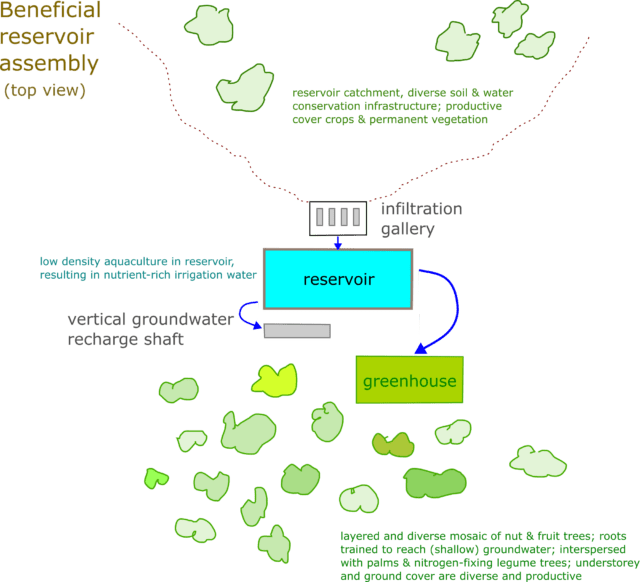
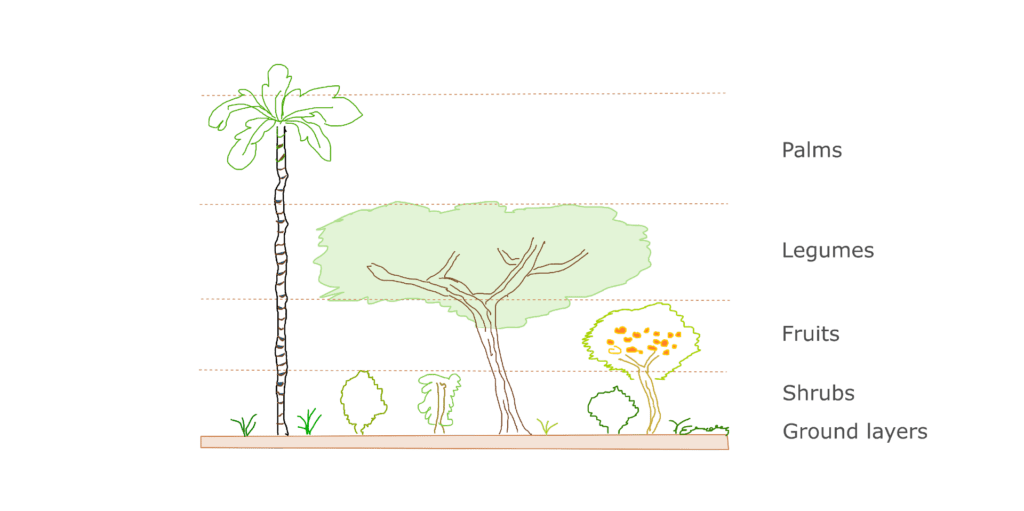
The above setup is more resilient and adapted to a changing climate because:
- It has multiple income streams (fish, vegetables, fruits, nuts, produce from under-storey, etc.)
- It has dual water storage (reservoir and shallow groundwater)
- It has lower peak water demand (because water is partly supplied by groundwater and because of the micro-climate that is created)
- Rainwater is harvested from a larger catchment, and
- The system is more diverse and therefore provides more options for adaptation.
In addition, this setup dramatically improves the landscape services. The orchards we visited provided a sharp contrast with the surrounding denuded and overgrazed areas, and the impacts of the enhanced hydrological, soil-mineral, and biodiversity functions extended beyond the intervention area.
| Other observations made during the field visit: Lining ponds is (strongly) recommended in a country with frequent seismic activity Synthetic Firestone pond-liner performed well and suggests a lifespan of at least 20 years Provide (more) training and material to fix the pond liner; identify a liner that can be patched with locally available glue and material Other lining methods such as clay worked for a while but started leaking after drying-out in the dry season Pond design requires some improvement; this includes providing access (stairs) for periodic cleaning (of debris and sediment) and improving infrastructure to drain the pond The structure and earthworks were generally in excellent condition, even when ponds were abandoned Nevertheless, it is recommended to use soil-cement to stabilize the slopes (to prevent erosion under the liner, which was occasionally observed) Roof water harvesting systems worked well but did not provide adequate volumes of water to keep the reservoirs full Improve tree planning techniques to get deeper tap roots, more drought resistance, and lower irrigation water demand |
Closing remarks
El Salvador—situated at around 14 degrees north of the equator—is characterized by a six-months long dry season in which agriculture is only possible with irrigation. Further, the rains in the wet season (May to October) are increasingly unpredictable, while climate change is expected to lead to a hotter climate with more extreme weather events (floods and droughts). In short, infrastructure that provides water security at farm level is essential for agricultural modernization and associated rural development.
Thus, establishing small reservoirs is the way to go. It is a no-regret response to a changing climate. A distributed set of small reservoirs at plot and farm level will make it possible to grow high-value vegetables in the dry season, when fresh produce fetches a premium price. The reservoirs will also provide water security in the rainy season and therefore facilitate the adoption of advanced agricultural practices.
The early results of the reservoir pilot project confirmed this potential. Unfortunately, most reservoirs fell into disarray because of the security situation. However, conditions have improved dramatically in the last few years, and I think it’s time to revive and expand the program. Specifically, rehabilitating the existing reservoir systems is a low-hanging fruit that represents a bankable project with good returns. Finding the appropriate funding mechanism is the next challenge.
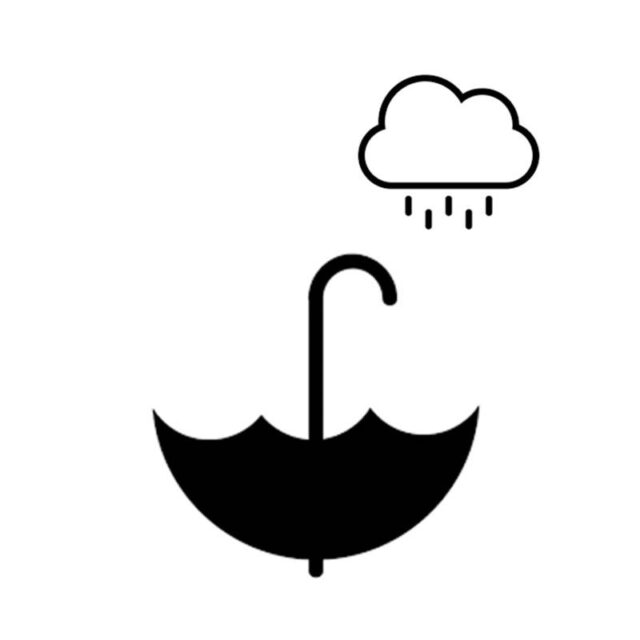
Miscellaneous: soil conservation measures
Soil and water conservation measures were introduced some 20 years back in the Usulatan region and have since been adopted over wide areas, as witnessed during the May 2023 field visit.
